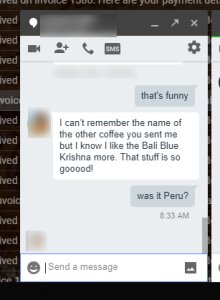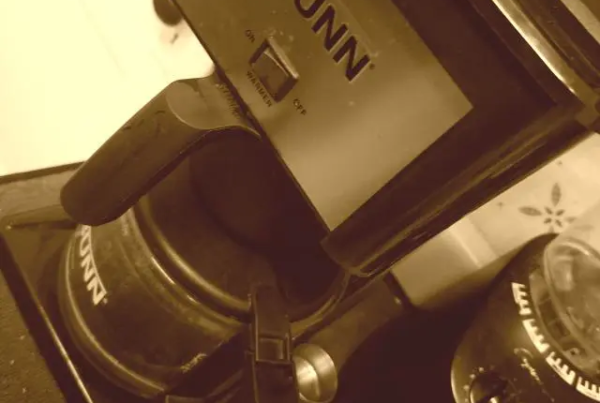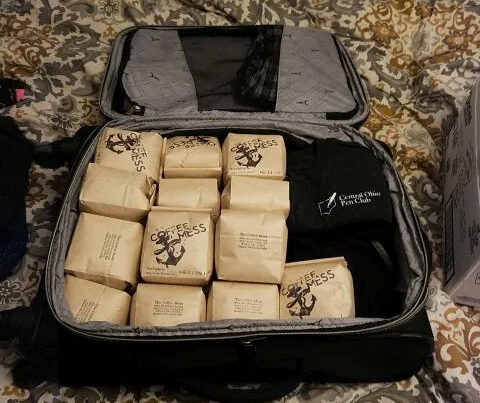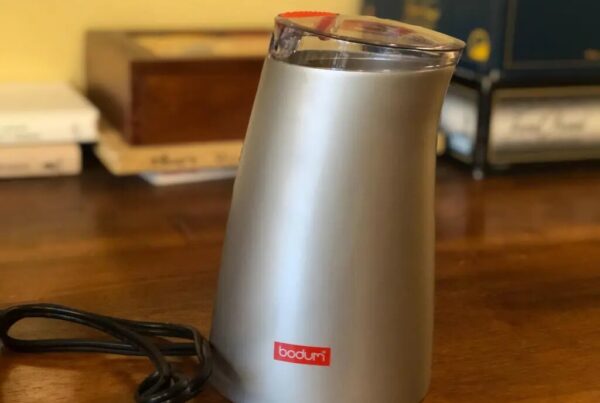What is Single Origin Coffee?
On the surface, it’s pretty simple: single origin coffee is coffee grown in a particular place, and then sold as coffee grown in that place.
It can get pretty wild from there.
When I asked readers for their questions about single origin coffee, these kinds of questions were common:
The ‘origin’ in single origin can be as coarse as just the country name, or as specific as a particular hillside on a particular farm.
Most of the time the origin is an area within a single country, with one or more farms contributing to the batch. Sometimes the origin is a coop of many tiny farms that contribute their crop.
So the answer is, unfortunately, it depends.
Not every coffee roaster gives a lot of info on the origin of their single origin coffees. Most often you will see large corporate companies touting coffee from Colombia or Sumatra on their convenience store windows, with no further information.
Other times you’ll get into a hipster coffee roaster’s shop and they’ll have original oil paintings of and by the individual farmers who nurtured their coffee seedlings from birth through a series of brutal civil wars to bring you a cup. You better not put any fcuknig sugar in that coffee, by the way.
The best answer I can get you has to do with how coffee roasters usually buy coffee.
We buy coffee in big jute sacks that weigh 50-60 kilograms each. As it comes out of the bag, such is the single origin. The info we get from the bag (and the coffee broker) is what we know.
So, why drink single origin coffee? What’s the big deal?
Single origin coffee appeals to people for lots of reasons, and it boils down to this: different origins taste different. Some people find a region that tastes the best to them and buy that coffee faithfully.

Other folks like trying every coffee they can find, as a way to explore all the flavors possible in coffee, and as a way to explore the world. Drinking coffee from a particular place connects you to that place. It is a fairly superficial connection (do your sneakers connect you to Guangdong?) but still, it represents the terroir of that place in the same way wine represents the region it comes from.
Next time I’ll dig into some more nitty gritty details about single origin coffees. If you have specific questions, there’s a spot for you to ask at the end of the survey– don’t forget to go fill it out!
thanks!
UPDATE: I’ve written about more of your questions over here. Don’t miss it, or we’ll all be sad.




